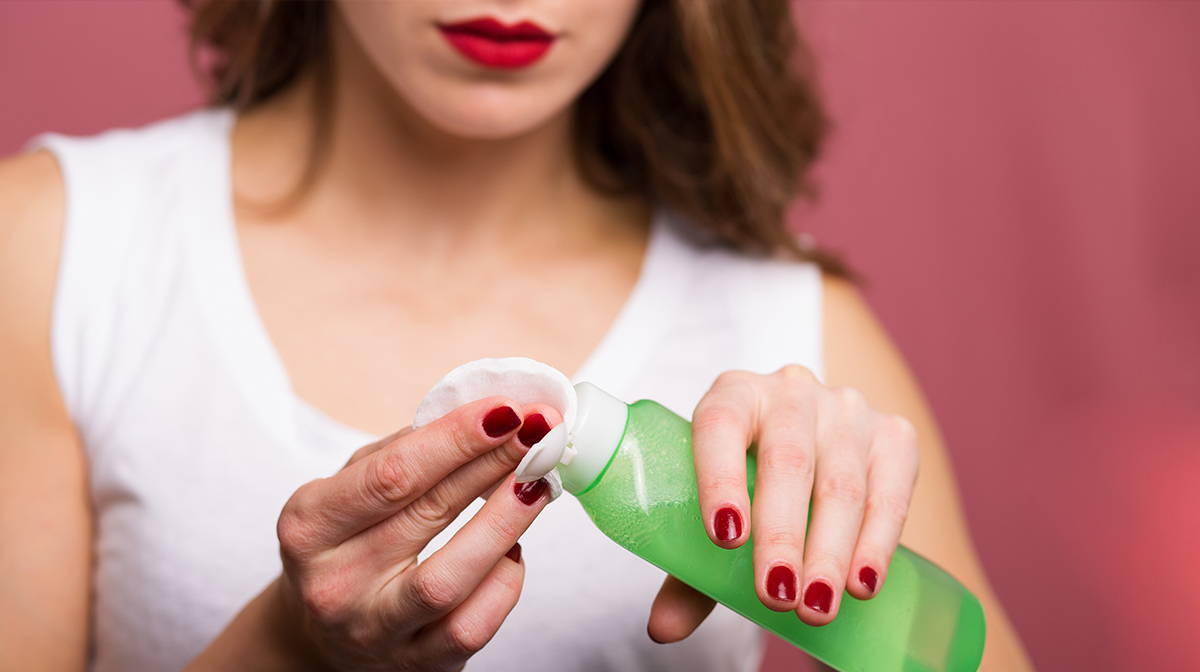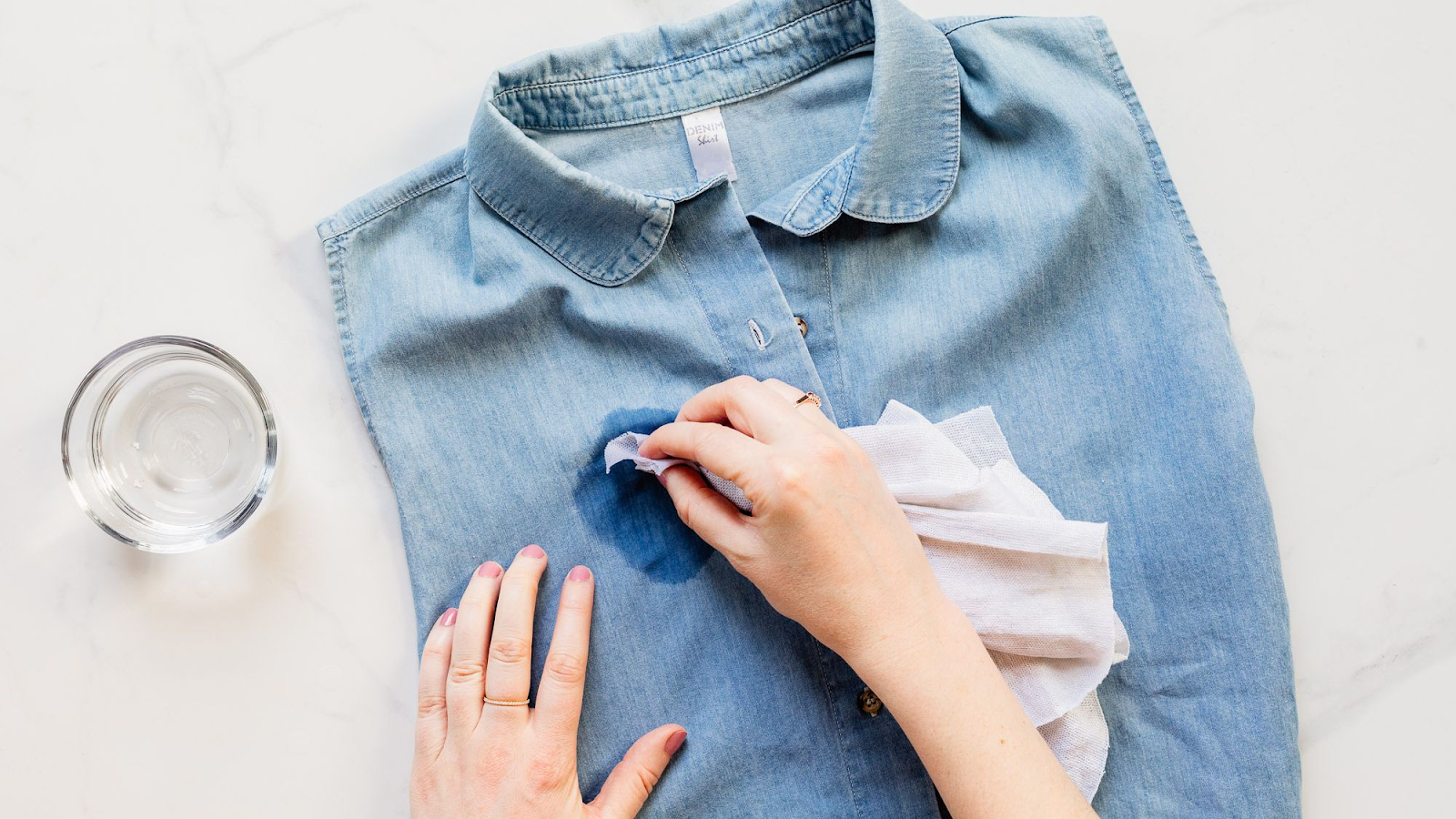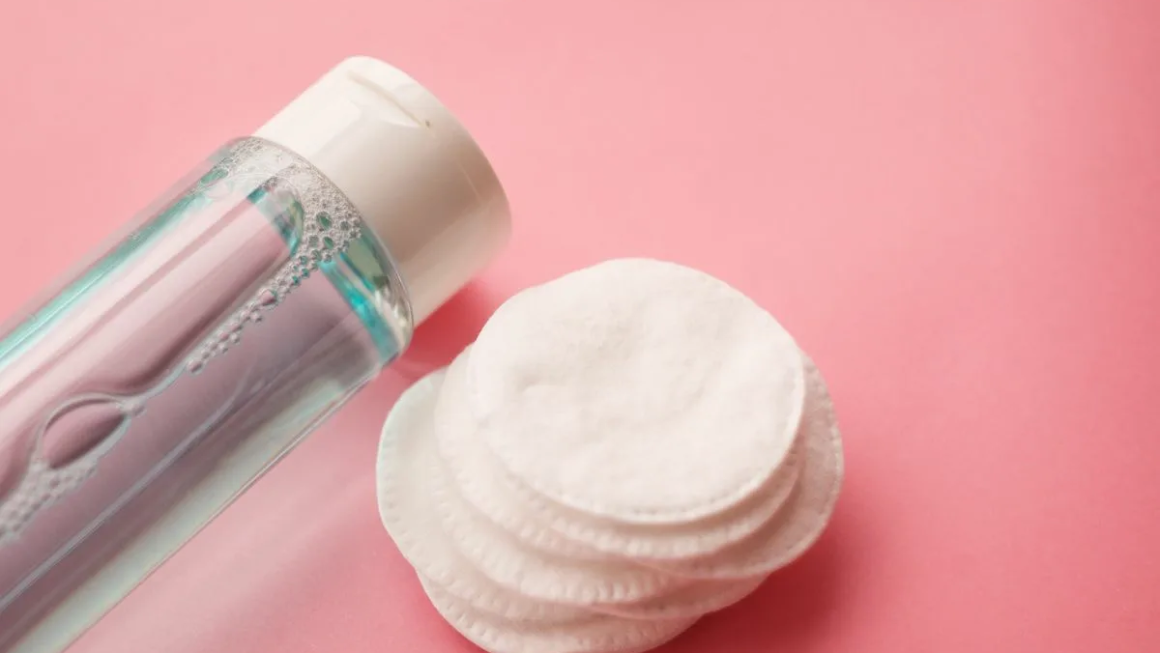Micellar water is a skincare staple known for its gentle yet effective cleansing properties, and an absolute favorite for removing makeup from the face. Its popularity stems from the presence of micelles – tiny oil molecules suspended in soft water. These molecules act like magnets, attracting makeup, dirt, and oil. What’s lesser-known, however, is micellar water’s efficacy when it comes to removing makeup stains from clothes. This article delves into this unconventional use, unraveling whether this skincare hero can rescue your wardrobe mishaps just as expertly as it refreshes your skin.
The Science Behind Micellar Water
Micelles are the heart of micellar water. They work because they are both hydrophilic and lipophilic, meaning they attract water and oil. When applied to the skin or a makeup stain, the core of the micelle latches onto the oil-based makeup, while the outer shell interacts with the surrounding water. This dual-action allows for an efficient capture and removal of impurities. When compared to traditional soap and water, micellar water proves to be less drying and irritating, especially suited for sensitive skin and delicate fabrics.
How Does Micellar Water Work on Fabric?
Fabrics, like our skin, can harbor oil-based stains, such as makeup. While not all makeup stains are created equal, with foundation often being easier to remove than waterproof mascara, micellar water’s micelle clusters are quite capable of surrounding and lifting these stains, even from within fabric weaves. However, caution is advised when dealing with more delicate fabrics such as silk, which may require a gentler touch or a different cleaning approach altogether.
The Step-by-Step Guide to Removing Makeup Stains with Micellar Water

Successfully removing makeup stains from clothes using micellar water involves a few careful steps. Pre-treating the stain as soon as possible increases the chance of full removal. Here’s the recommended procedure:
- Identify the affected area and lay the clothing item flat.
- Soak a cotton pad or a light-colored cloth with micellar water.
- Gently dab at the makeup stain, being careful not to rub, as this can work the makeup deeper into the fabric.
- Repeat with fresh pads or cloths until the stain appears to be lifted.
- Finally, launder the garment according to the care label instructions, preferably in a cool to warm wash rather than hot which may set any remaining residue.
Is Micellar Water Safe for All Types of Makeup Stains?
Micellar water is, in general, safe for most makeup stains, including foundation, blush, and eyeshadow. However, when it comes to more stubborn, waterproof, or long-lasting makeup formulas, it may struggle. In such cases, a specialized laundry pre-treatment may be necessary before employing micellar water. Always spot test to ensure fabric safety.
Compare and Contrast: Micellar Water vs. Other Stain Removal Methods

When looking at micellar water against other stain removal methods, pros and cons emerge on both sides. Below is a comparison table that highlights the key differences.
| Stain Remover | Efficacy | Fabric Safety | Eco-friendliness |
|---|---|---|---|
| Micellar Water | High for light makeup, moderate for durable makeup | Generally high | High, depends on brand |
| Traditional Laundry Pre-treatment | Very High | Varies, some can be harsh | Low to Moderate |
| Home Remedies (e.g., Baking Soda) | Moderate | High | High |
Preventive Measures: Keeping Makeup Off Your Clothes
While knowing how to remove makeup stains is essential, preventing them in the first place is even more desirable. Here are some tips:
- Get dressed after applying makeup to minimize contact.
- Use a makeup cape or towel around shoulders during application.
- In case of accidental smudging, immediately dab the spot with a dry tissue to absorb as much product before it sets.
Conclusion
Micellar water can indeed serve as an effective treatment for removing makeup from clothes. With its unique micelle technology, it offers an innovative and gentle alternative to traditional stain removal methods. While it may not tackle every type of makeup stain, especially more resilient formulas, it’s a versatile addition to your laundry arsenal, especially when you’re in a pinch. Remember to always test first, treat early, and launder delicately to keep your clothes looking their best.
FAQs
- Can micellar water replace my regular laundry pre-treatment for makeup stains?
- Micellar water can be a part of your approach to tackle light makeup stains but may not fully substitute heavy-duty pre-treatments for tougher, long-lasting makeup. Combining the two may give you the best results.
- Will micellar water discolor my clothing?
- Micellar water is usually safe for all colors and types of fabric. Nonetheless, conducting a spot test on a discreet area of the garment is recommended to ensure there is no discoloration.
- Is micellar water environmentally friendly compared to other stain removers?
- Many micellar waters are formulated without harsh chemicals, making them gentler on the environment. However, the environmental impact depends on the specific product and its ingredients, so it’s best to check the brand’s eco-policies.
- How long should I leave micellar water on the stain before washing?
- Leaving micellar water on the stain for a few minutes is typically sufficient before gently dabbing away and washing. Letting it sit longer doesn’t increase its effectiveness and may increase the risk of fabric damage.
- Can I use scented micellar water for stain removal on clothes?
- Yes, but unscented is preferable to prevent any potential residue or interaction with fabric that could be caused by the fragrance.



